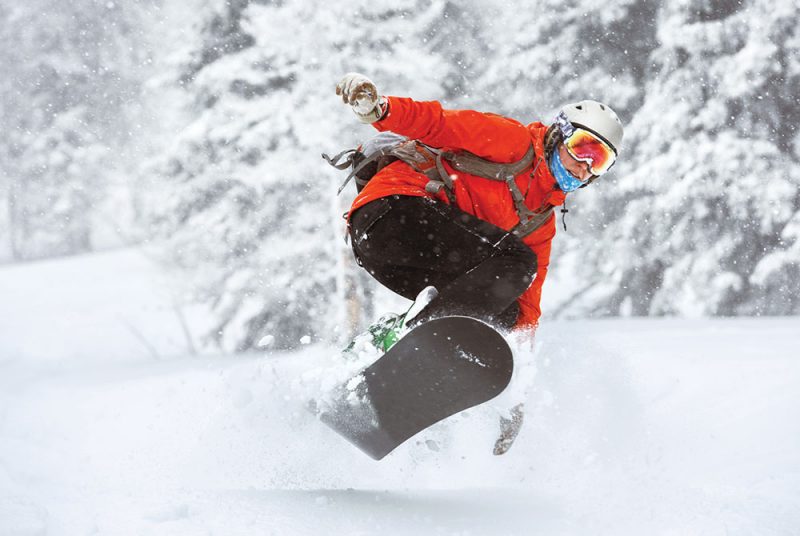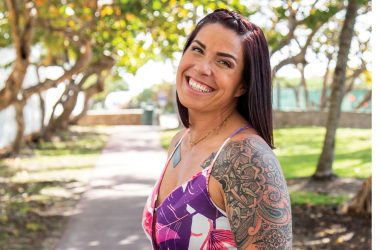Target your snowboarding muscles with these three exercises
Jump squats
These are a key way to increase your leg strength for snowboarding – along with being able to clear that big jump you’ve been eyeing.
How to do it: “Start by doing a regular squat and then engage your core and jump up explosively,” says Renee Angelucci-Cancelliere, a personal trainer and instructor at New Jersey–based Rush Fitness. When you land, lower your body back into the squat position to complete one rep. Land as quietly as possible, which requires control. Do three to four sets of 10 reps.
Walking lunges
Another great exercise to strengthen your core and legs.
How to do it: Keep your upper body straight, with your shoulders back and relaxed, and chin up. “Pick a point in front of you to stare at so you don’t look down,” Angelucci-Cancelliere says. Step forward with one leg, lowering your hips until both knees are bent at a 90-degree angle. Always engage your core. Do three to four sets of 20 reps.
You can also add a set of 15 power pushups at the end of your workout to strengthen your upper body and prep yourself to brace against spills off your board.
Oblique twists
With a medicine ball (or weights) this exercise will twist to strengthen your core and improve your turning skills in snowboarding. Since boarding involves a lot of twisting back and forth via your abs, this exercise is key.
How to do it: Sit with your heels on the floor, with your knees bent slightly in a C-sit position and your arms extended in front of you, holding a medicine ball or weights. Keeping your core braced, lean back slightly and rotate to your right as you reach back with your right arm to touch the floor behind you. Return to the starting position and repeat to your left. Do three to four sets, continuing to alternate sides.
All-mountain boards are best for all terrains and conditions, and many beginners who are still honing their boarding skills choose this type. You can use these boards all over the mountain, for groomed runs, backcountry style and more. These boards can be directional (that’s downhill only) or twin tip, meaning that you can ride switch in either direction.
Freestyle boards are ideal for fun rides, since they’re light and flexible with twin tips. They’re best for riders who want a spunky ride in or out of the park. Caution: They’re not super-stable or designed for fast runs on hard snow, so these boards are best for more experienced riders.
Splitboards are best for backcountry climbing by super-experienced boarders who are skilled enough to leave the patrolled slopes. These special boards split in half to create two skis that allow you to climb up untracked slopes; you reconnect the two halves when you’re ready to ride downhill.





